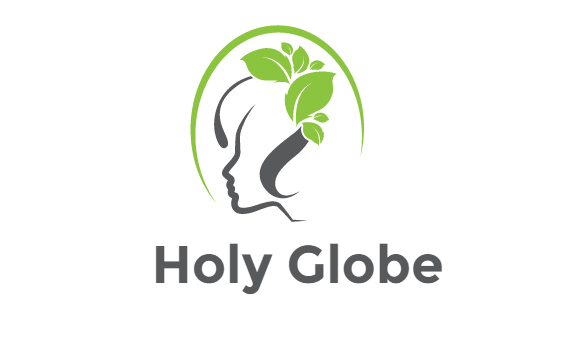
What is music treatment?
Noise healing treatment utilizes elements of music to enhance physical and emotional health and well-being. The person being treated partakes in the experience with a trained professional. Music therapy might include:
- listening to music
- singing along to music
- moving to the beat of the music
- meditating
- playing an instrument
Healing with sound is thought to date back to ancient Greece, when music was used in an attempt to cure mental illness. Throughout history, music has actually been used to boost morale in military soldiers, assist individuals work quicker and more productively, and even fend off evil spirits by shouting.
More just recently, research has actually linked music to a variety of health advantages, from increasing immune function and decreasing tension levels to enhancing the health of premature infants.
Types of sound or music therapy
There are a few various types of sound treatment, each with different advantages, though not all have been supported through research.
Directed meditation
Guided meditation is a form of noise recovery in which you practice meditation to voiced direction, either in a session or class, or utilizing a video or app. Meditation can include chanting or duplicating mantras or prayers.
Meditation uses a number of health advantages, including:
- tension reduction
- decreased stress and anxiety and anxiety
- improved memory
- decreased blood pressure
- pain reduction
- lower cholesterol
- Decreased danger of heart disease and stroke
Neurologic music therapy
Music treatment can lower tension and promote relaxation. It’s been revealed to be more reliable than prescription drugs in decreasing stress and anxiety levels prior to surgery. Discovered that a 30-minute music treatment session integrated with conventional care after spine surgery minimized pain.
Music therapy is administered by a credentialed provider who assesses the individual’s needs. Treatment involves creating, listening, singing, or moving to music. It’s used for physical rehabilitation, discomfort management, and brain injuries.
Bonny Method
Named after Helen L. Bonny, PhD, the Bonny Technique of Guided Images and Music (GIM) classical music and imagery to assist check out individual development, awareness, and change.
Promising proof that a series of GIM sessions might improve psychological and physiological health in grownups with medical and psychological health requirements.
Nordoff-Robbins
This sound recovery approach is delivered by competent artists who finish the Nordoff-Robbins 2-year master’s program. They use music familiar to those being dealt with, produce new music together, or pursue an efficiency.
The Nordoff-Robbins approach is utilized to treat children with developmental hold-ups (along with their moms and dads), psychological health concerns, learning troubles, autism spectrum disorder, dementia, and other conditions.
Tuning fork therapy
Tuning fork therapy uses adjusted metal tuning forks to apply specific vibrations to different parts of the body. This can help launch stress and energy, and promote emotional balance. It allegedly works similarly to acupuncture, utilizing sound frequencies for point stimulation instead of needles.
What music treatment deals with?
Music therapy is utilized to treat symptoms of a variety of conditions, consisting of:
- stress and anxiety disorders
- anxiety
- post-traumatic stress disorder
- dementia
- autism spectrum condition and learning troubles
- behavioral and psychiatric disorders
- cancer
A few of the expected benefits of music treatment consist of:
- lowers stress
- reductions mood swings
- reduces blood pressure
- decreases cholesterol levels
- teaches discomfort management
- lowers threat for coronary artery disease and stroke
- enhances sleep
How it works
Music treatment uses various elements of noise to enhance your psychological and physical well-being. How it works depends upon the technique being used. A lot of music treatment sessions are skilled individually with a specially trained specialist.
Healing instruments
Along with voice, the following are some of the different instruments used in music therapy:
- singing bowls
- tuning forks
- pan flute
- harp
- drums
Some techniques use a range of instruments in one session, which can consist of a guitar, piano, or other instrument.
A session may involve sitting or lying down while listening to music or sounds from a speaker or instruments, or having vibrations applied using a special tool, such as a tuning fork. Depending on the method, you may be encouraged to participate by singing, moving, or even using a musical instrument, or you may need to remain still and quiet to let the sounds take effect.
Though evidence might be restricted on some approaches, music treatment has been discovered to be effective for tension reduction and relaxation and has been shown to offer numerous health advantages.
There is little danger of listening to music. Discover the noises that work for you.
Facebook Comments
